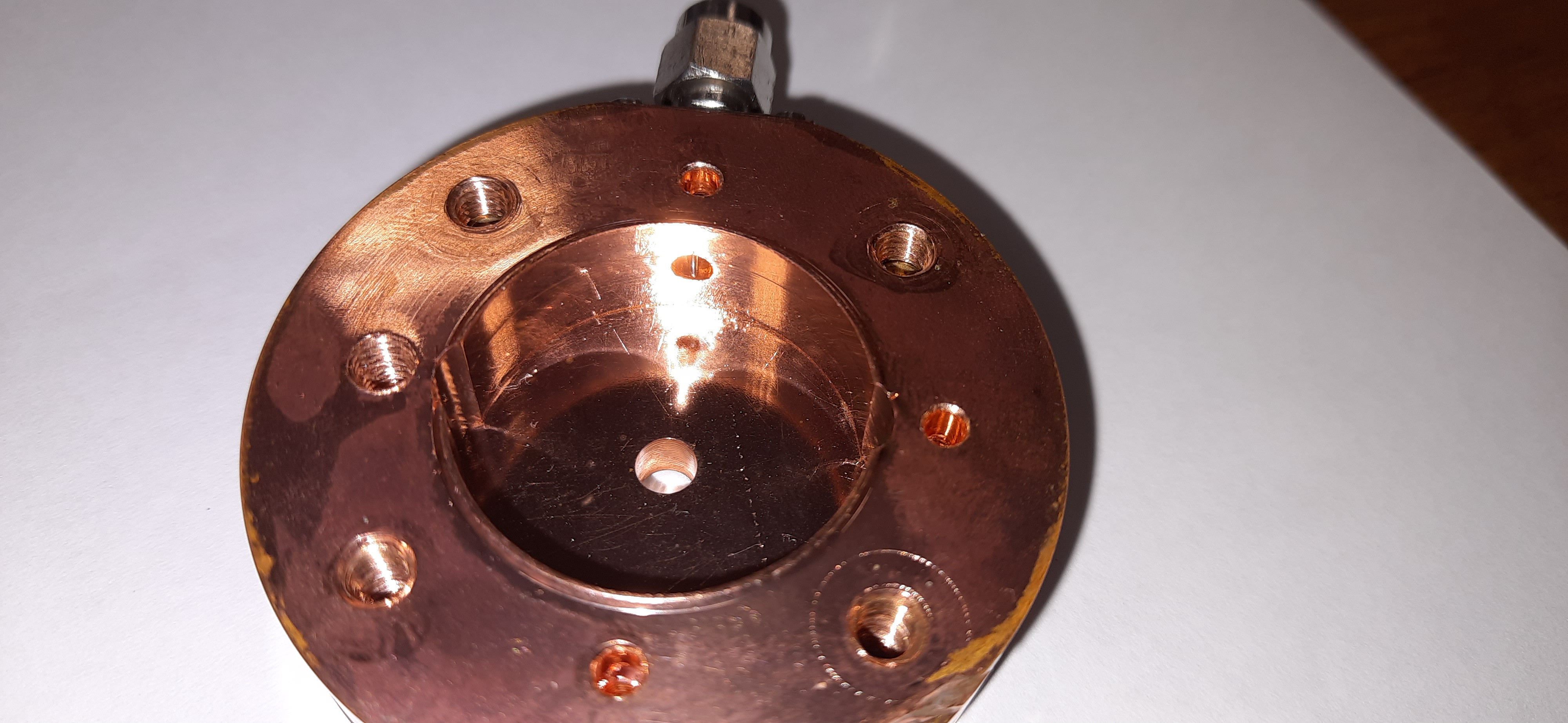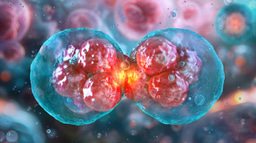Detecting Single Microwave Photons: A Milestone in Quantum Sensor Development

Microwave photons, characterized by their low energy of the yoctojoule range, are among the most challenging particles to detect. Developing a sensor capable of identifying these photons is crucial for advancing quantum technologies and understanding fundamental physics. This article in Nature Communications outlines the process of designing, fabricating, and testing a superconducting sensor for single microwave photon detection. Also, we present direct observation of quantum chaos as natural statistics of thermal photons. One of the most demanding applications of microwave photon detectors is their use for axion Dark Matter search. The use of such detectors opens an important 5-25 GHz frequency range, actually unexplored since usual linear amplifiers are restricted by the standard quantum limit.

Conceptualization and Collaboration
The initial idea of the current paper was proposed during a discussion in Padua, Italy, five years ago, when Leonid Kuzmin, an expert in quantum detectors, visited Gianni Carugno's laboratory. The challenge was clear: build a superconducting sensor sensitive enough to detect the energy of a single microwave photon. The approach centered on using a Josephson junction, a well-established superconducting circuit element known for its high sensitivity to small energy changes. Turning this concept into a functional device required collaboration between multiple research groups. Fabrication was carried out at Chalmers University of Technology in Sweden and at Nizhny Novgorod State Technical University, Russia.
Device Fabrication and Testing
The Josephson junction sensor was fabricated using advanced cleanroom techniques to ensure precision and reliability. The next challenge was testing the device, which required generating extremely weak signals of just a few microwave photons per second. To address this, a microwave cavity was designed and built in Padua, specifically tailored for this purpose. The cavity allowed precise control over the signal delivered to the sensor. Testing was conducted in Nizhny Novgorod, where the system was cooled to below 20 millikelvin using dilution refrigeration to minimize thermal noise. During testing, after many cycles of cooling and subsequent heating to room temperature, a loop antenna inside a cavity broke off. Thus, the team needed to make another antenna and test it again. It was a tricky business to tune the antenna so that a critical coupling to the cavity mode is reached. After many attempts and tests of the loop by VNA the team finally managed to make the antenna even slightly better than the previous one. While several samples of Josephson junctions were used for improving of the experimental setup, surprisingly, the main sample used for tests was alive during multiple cooldowns across 4 years.

Overcoming Challenges in Detection
The testing phase presented several challenges. The setup required effective electromagnetic shielding to eliminate external noise sources. Additionally, measurements needed to introduce minimal disturbance to the sensor, which required precise tuning of both the cavity and the detection system. By slightly increasing the temperature of the cavity, the team generated single thermal photons—weak signals directly attributable to the small temperature rise. The Josephson junction sensor successfully detected these photons and characterized their quantum properties, validating the design and functionality of the device.
Significance and Applications
This work demonstrates the feasibility of detecting single microwave photons using superconducting technology. Such sensors have broad applications, including quantum computing, secure quantum communication, and the study of fundamental quantum phenomena. The successful detection of single photons highlights the importance of integrating expertise across disciplines. Contributions from teams in Italy, Sweden, and Russia were essential for addressing the technical and experimental challenges associated with this project.
Future Directions
Further improvements in sensor design and testing protocols could lead to enhanced sensitivity and broader applicability. These advancements may enable the development of tools for probing deeper into the quantum realm, fostering new discoveries in both applied and fundamental physics.
Follow the Topic
-
Nature Communications

An open access, multidisciplinary journal dedicated to publishing high-quality research in all areas of the biological, health, physical, chemical and Earth sciences.
Ask the Editor – Space Physics, Quantum Physics, Atomic, Molecular and Chemical Physics
Got a question for the editor about Space Physics, Quantum Physics, Atomic, Molecular and Chemical Physics? Ask it here!
Continue reading announcementRelated Collections
With Collections, you can get published faster and increase your visibility.
Clinical trials 2025
Publishing Model: Open Access
Deadline: Dec 31, 2025
Women's Health
Publishing Model: Hybrid
Deadline: Ongoing




Please sign in or register for FREE
If you are a registered user on Research Communities by Springer Nature, please sign in